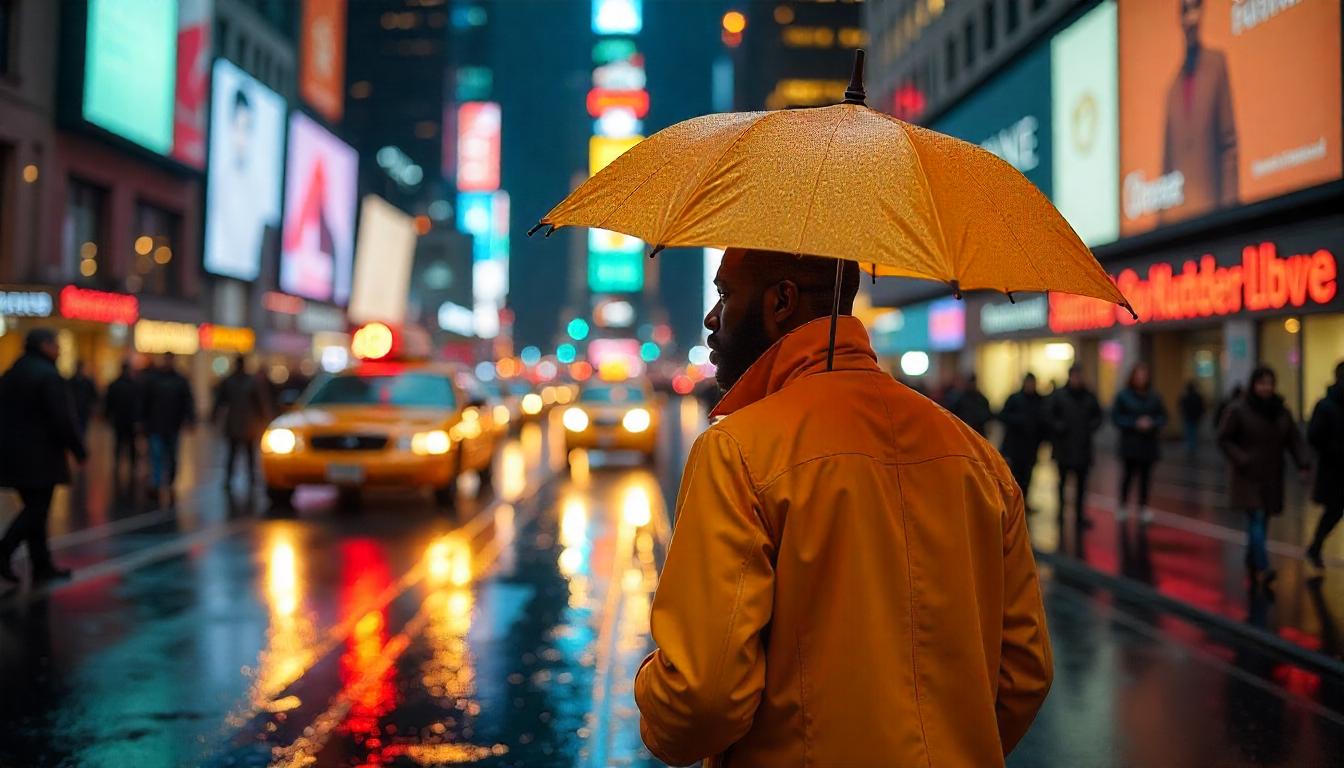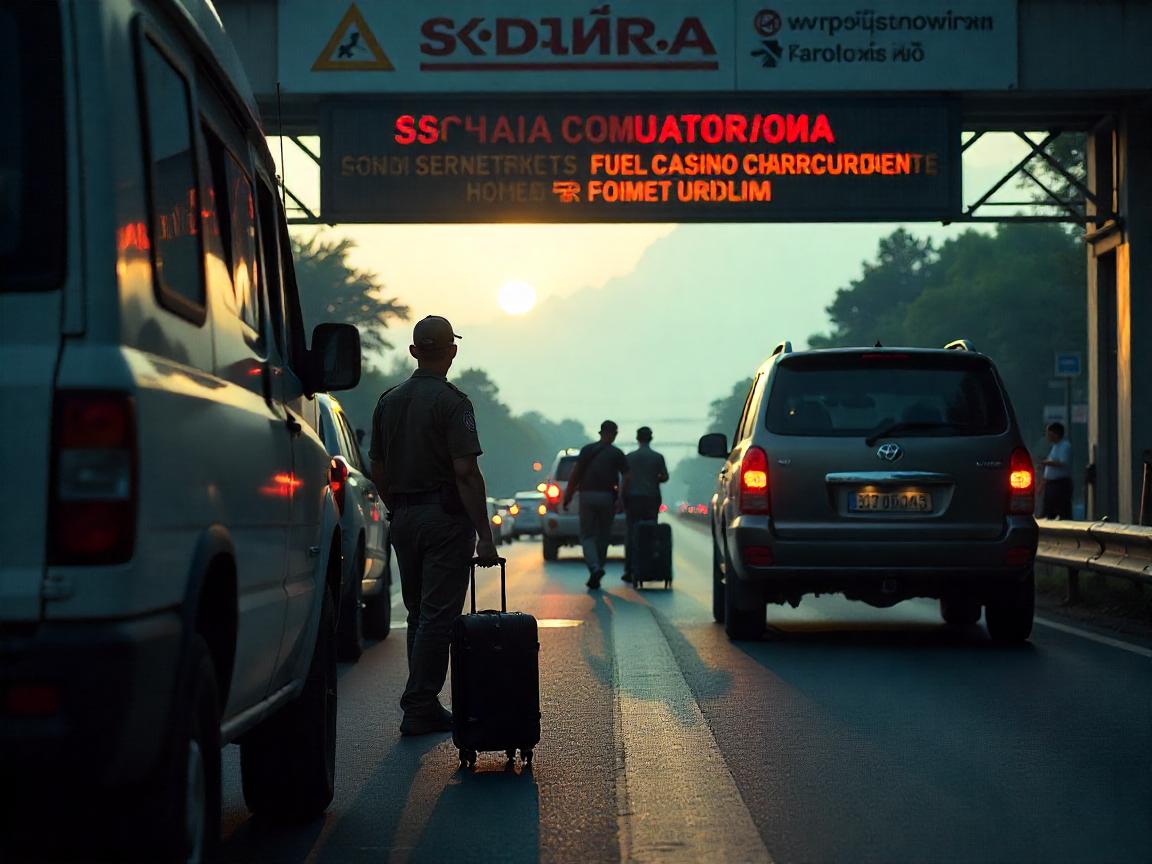≡-Collier Joins Clark, Buncombe, Honolulu, and New Orleans as International Travel Drop Drags US Tourism Into a Costly Spring Slide – Viral of Today
<> Viral of Today <>
Home » America Travel News » Collier Joins Clark, Buncombe, Honolulu, and New Orleans as International Travel Drop Drags US Tourism Into a Costly Spring Slide Monday, June 23, 2025Collier County has joined Clark County, Buncombe County, Honolulu, and New Orleans in experiencing a costly spring tourism slide, driven by a sharp drop in international travel—particularly from Canada—combined with intensifying competition across the U.S. travel market. While each of these counties has its own unique appeal, they’ve all been hit hard by a nationwide trend: overseas visitors are pulling back amid rising airfare, global economic uncertainty, tighter border scrutiny, and weaker foreign currencies. Canadian travelers, once a reliable backbone for many U.S. destinations, have declined sharply in recent months, dragging down arrival numbers and spending totals just as local economies counted on spring break and early summer travel to boost recovery. The result has been a troubling mix of falling visitation and strained revenues, forcing local tourism boards to ramp up marketing and promotional efforts in a fight to hold their ground.Collier County, FloridaIn April, Collier County saw its third consecutive monthly decline in year-over-year visitation. The total number of visitors slipped to 227,200, reflecting a 5.3% decrease from the previous year. The biggest hit came from the international segment, which fell by 7.9%—led by a striking 19.4% drop in Canadian travelers.Local officials blamed the dip on factors including increased border scrutiny, economic instability, and a weakened Canadian dollar. Political uncertainty surrounding tariffs hasn’t helped either.While fewer visitors came, those who did stayed longer. The number of room nights booked rose 3.1%, and occupancy climbed 4.2%. The average daily rate remained stable at $381, slightly up from last year, partly thanks to Easter falling in April. Still, year-to-date daily rates are down 5.3%.In response, Collier County doubled its tourism marketing budget to $11.45 million, funded entirely by its 5% tourist tax. That investment appears to be paying off, with a reported 30:1 return on ad spending. However, local hoteliers are bracing for a tough summer and emphasize that aggressive promotion will be key to weathering the storm.Clark County, Nevada (Las Vegas)Las Vegas is also feeling the strain. Visitor numbers have declined for three straight months, and gaming revenue has dipped alongside them. April marked another disappointing month as the city struggled to recover the volume of international travelers it once commanded.Airfare deals and hotel discounts have done little to fully offset the slowdown. A notable absence: Canadian travelers, who historically made up a dependable segment of Vegas tourism, have retreated in large numbers since early 2025.Officials across Clark County have acknowledged the downturn but remain optimistic that aggressive marketing campaigns—combined with summer events and new entertainment offerings—will stabilize the second half of the year.Buncombe County, North Carolina (Asheville)In the mountain towns of western North Carolina, the impact of past weather disasters is still rippling through the tourism economy. Buncombe County, home to Asheville, experienced a sharp decline in travel following Hurricane Helene last fall.Tourism dropped a staggering 70% in October and November 2024. Although spring 2025 showed modest recovery, it hasn’t returned to pre-disaster levels. Bookings remain sluggish, and out-of-state interest—particularly from Canadian and European visitors—has not rebounded as hoped.To recover, Buncombe County has leaned on destination branding that emphasizes outdoor adventure, Appalachian culture, and wellness travel. Campaigns have focused on safe, clean, and welcoming experiences, but officials say more support will be needed to pull visitor numbers back up before the next busy season.Honolulu County, HawaiiHawaii’s once-booming visitor market is cooling quickly. June projections show fewer daily passenger arrivals compared to the same month last year, with July and August bookings already lagging behind.Statewide, Hawaii expects a 4% drop in visitor arrivals by 2026, translating into roughly $1.6 billion in lost tourism revenue. The sharpest contraction has come from international markets, especially Canada and parts of Europe.In response, the state rolled out a $6 million campaign to revive travel demand—particularly in areas like Maui, which were hit hard by recent wildfires. Honolulu County, a centerpiece of the state’s tourism engine, is banking on new ad strategies and long-haul flight incentives to bring travelers back.Still, officials admit the landscape has changed. Longer stays and increased competition from other warm-weather destinations mean Hawaii’s appeal alone isn’t enough—it must be marketed smarter.New Orleans, Louisiana (Orleans Parish)Known for its vibrant festivals, food, and culture, New Orleans is now facing a quieter spring than usual. Travel analysts report that Canadian visitor bookings for April through September are down more than 70%, a blow to a city that has long relied on snowbird travelers and global tourism.The local tourism board moved quickly, hosting Canadian media influencers and doubling down on promotions in key international markets. But despite these efforts, the international pullback—coupled with rising travel costs—has kept many would-be visitors away.While domestic interest remains relatively strong, group bookings and long-haul international arrivals are still below pre-pandemic norms. Officials say the city must continue investing in strategic outreach to remain competitive in a post-pandemic, price-sensitive market.A Widening National PatternThe drop in Canadian visitation is not just a regional story—it’s part of a national trend. Across the U.S., Canadian arrivals are down between 20% and 70%, depending on the destination. That downturn is hitting both urban hotspots and nature-based destinations, dragging overall international travel figures downward at a time when most counties were hoping for strong recovery.Meanwhile, competition among U.S. destinations is intensifying. In Collier County, for example, 42% of visitors admitted they had considered other places before booking—a record for April. That reflects growing choice in the travel market, and the pressure counties now face to market harder, smarter, and more often.Collier County has joined Clark, Buncombe, Honolulu, and New Orleans in a costly spring tourism slide as international travel—especially from Canada—drops sharply due to border scrutiny, economic uncertainty, and weaker foreign currencies. This steep decline in overseas arrivals has forced major U.S. counties to ramp up marketing efforts to stay competitive in an increasingly fragile global travel market.Looking AheadAs spring rolls into summer, these five counties—Collier, Clark, Buncombe, Honolulu, and New Orleans—face a common challenge: restoring lost ground in a fast-changing global tourism landscape.All five have ramped up advertising. All are betting on extended stays, higher visitor spending, and more aggressive messaging to fill the gaps. And all are watching closely to see whether the international market, especially Canada, rebounds—or continues to retreat.For now, the message from tourism leaders is clear: recovery won’t come automatically. It will require strategy, persistence, and a fresh look at how travel demand is evolving in real time.
This information will surprise you!
See also
- Read until the end to discover everything.
- Important information you need to know.
- Interesting facts and helpful tips.
Conclusion
Did you enjoy the news? Keep following us daily!













